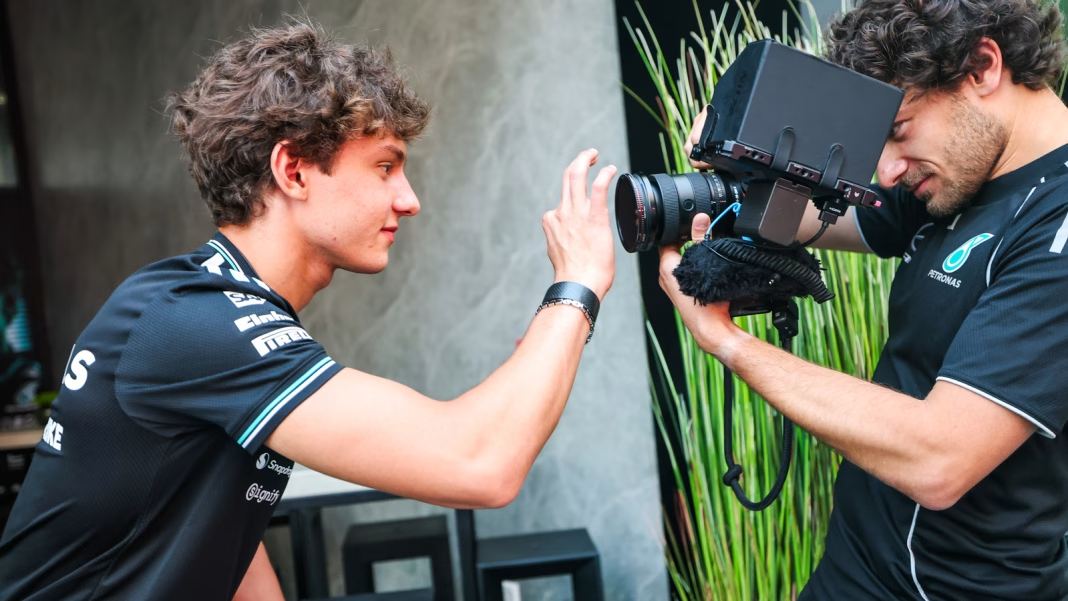The allure of Formula 1 has always been a blend of speed, skill, and a touch of glamour. For many fans, the sport represents the pinnacle of automotive engineering and human performance. However, the recent shift in how Formula 1 is presented—especially through the lens of the popular Netflix series “Drive to Survive”—has sparked a debate about the essence of the sport. What was once shrouded in mystique is now often seen as a heavily commercialized spectacle. Let’s dive into how this transformation has affected the sport and its fans.
What Happened to the Mystique of Formula 1?
When “Drive to Survive” first hit our screens, it offered an unprecedented glimpse into the high-octane world of Formula 1. Fans were captivated by behind-the-scenes access, personal rivalries, and the sheer drama of race weekends. It was a fresh take that made the sport more accessible to casual viewers, drawing in a new generation of fans. However, as the series has progressed, some argue that this initial mystique has been replaced by a more curated, commercialized narrative.
The show has undoubtedly elevated Formula 1’s profile globally, but it has also led to a perception that the sport is more about entertainment than competition. The focus on personal stories and rivalries can sometimes overshadow the technical prowess and strategy that make racing so compelling. This shift raises an important question: Is Formula 1 losing its identity in the pursuit of broader appeal?
How Commercialization Changes the Game
Commercialization in sports is nothing new. However, in the case of Formula 1, the stakes feel particularly high. The sport has embraced sponsorships and partnerships at an unprecedented level, with teams and drivers often seen as brands in their own right. This has led to a more polished and marketable image, but it can also detract from the raw, unfiltered excitement that fans crave.
Consider the impact of social media. While it allows teams and drivers to connect directly with fans, it also creates a carefully curated image that can feel less genuine. The behind-the-scenes drama that once felt spontaneous is now often scripted or staged for maximum impact. This shift can alienate long-time fans who appreciate the sport’s authenticity and unpredictability.
Are Fans Embracing or Resisting This Change?
Interestingly, the response from fans has been mixed. New viewers, drawn in by the drama and storytelling of “Drive to Survive,” often embrace the changes. They enjoy the accessibility and the human elements of the sport, which make it relatable. For them, the series has opened the door to a thrilling world they might not have engaged with otherwise.
On the flip side, traditional fans may feel a sense of loss. The intricate strategies, the engineering marvels, and the fierce competition that once defined the sport can sometimes feel overshadowed by the narrative-driven approach of the series. It’s a delicate balance—how to keep the sport engaging for newcomers while honoring the rich history and complexity that long-time fans cherish.
What Lies Ahead for Formula 1?
As Formula 1 continues to evolve, it’s crucial for the sport to find a way to blend entertainment with authenticity. The challenge will be to maintain the excitement and accessibility that “Drive to Survive” has brought, without sacrificing the core elements that make racing so thrilling. This might mean more focus on the technical aspects of the sport in future seasons or a deeper exploration of the strategies that teams employ.
The big takeaway? Formula 1 isn’t about perfection—it’s about smarter adjustments. As the sport navigates this new landscape, it has the opportunity to redefine itself while still honoring its roots. Whether you’re a die-hard fan or a newcomer, there’s room for everyone in this high-speed world. Start with one change this week, and you’ll likely spot the difference by month’s end.


